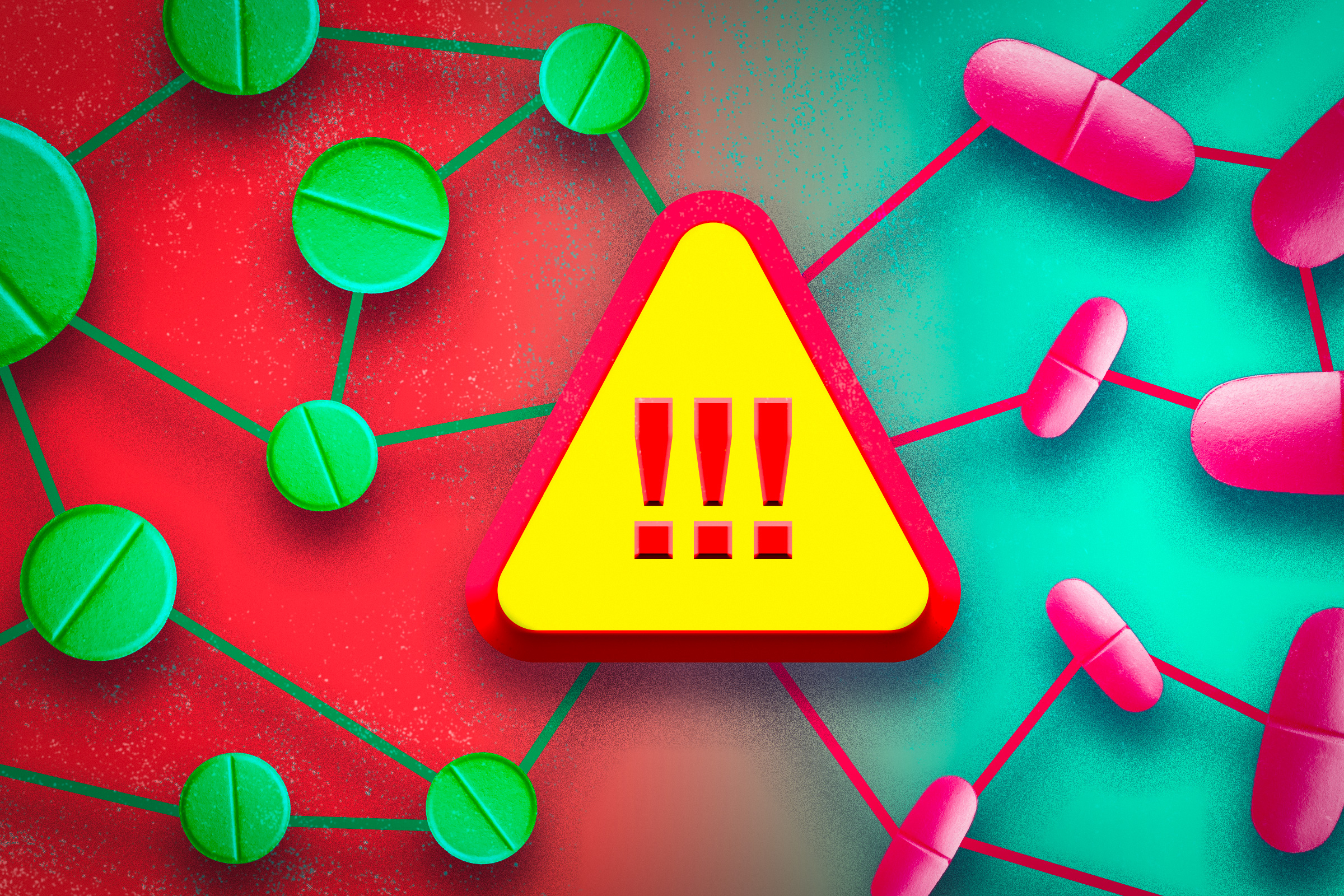[ad_1]

Any drug that’s taken orally should move by the liner of the digestive tract. Transporter proteins discovered on cells that line the GI tract assist with this course of, however for a lot of medicine, it’s unknown which of these transporters they use to exit the digestive tract.
Figuring out the transporters utilized by particular medicine may assist to enhance affected person therapy as a result of if two medicine depend on the identical transporter, they’ll intrude with one another and shouldn’t be prescribed collectively.
Researchers at MIT, Brigham and Ladies’s Hospital, and Duke College have now developed a multipronged technique to determine the transporters utilized by completely different medicine. Their method, which makes use of each tissue fashions and machine-learning algorithms, has already revealed {that a} generally prescribed antibiotic and a blood thinner can intrude with one another.
“One of many challenges in modeling absorption is that medicine are topic to completely different transporters. This research is all about how we are able to mannequin these interactions, which may assist us make medicine safer and extra efficacious, and predict potential toxicities which will have been troublesome to foretell till now,” says Giovanni Traverso, an affiliate professor of mechanical engineering at MIT, a gastroenterologist at Brigham and Ladies’s Hospital, and the senior creator of the research.
Studying extra about which transporters assist medicine move by the digestive tract may additionally assist drug builders enhance the absorbability of latest medicine by including excipients that improve their interactions with transporters.
Former MIT postdocs Yunhua Shi and Daniel Reker are the lead authors of the research, which seems at the moment in Nature Biomedical Engineering.
Drug transport
Earlier research have recognized a number of transporters within the GI tract that assist medicine move by the intestinal lining. Three of essentially the most generally used, which have been the main target of the brand new research, are BCRP, MRP2, and PgP.
For this research, Traverso and his colleagues tailored a tissue mannequin that they had developed in 2020 to measure a given drug’s absorbability. This experimental setup, primarily based on pig intestinal tissue grown within the laboratory, can be utilized to systematically expose tissue to completely different drug formulations and measure how properly they’re absorbed.
To review the function of particular person transporters throughout the tissue, the researchers used quick strands of RNA referred to as siRNA to knock down the expression of every transporter. In every part of tissue, they knocked down completely different mixtures of transporters, which enabled them to check how every transporter interacts with many various medicine.
“There are just a few roads that medicine can take by tissue, however you do not know which street. We will shut the roads individually to determine, if we shut this street, does the drug nonetheless undergo? If the reply is sure, then it’s not utilizing that street,” Traverso says.
The researchers examined 23 generally used medicine utilizing this method, permitting them to determine transporters utilized by every of these medicine. Then, they educated a machine-learning mannequin on that knowledge, in addition to knowledge from a number of drug databases. The mannequin discovered to make predictions of which medicine would work together with which transporters, primarily based on similarities between the chemical constructions of the medicine.
Utilizing this mannequin, the researchers analyzed a brand new set of 28 at present used medicine, in addition to 1,595 experimental medicine. This display screen yielded almost 2 million predictions of potential drug interactions. Amongst them was the prediction that doxycycline, an antibiotic, may work together with warfarin, a generally prescribed blood-thinner. Doxycycline was additionally predicted to work together with digoxin, which is used to deal with coronary heart failure, levetiracetam, an antiseizure medicine, and tacrolimus, an immunosuppressant.
Figuring out interactions
To check these predictions, the researchers checked out knowledge from about 50 sufferers who had been taking a kind of three medicine after they have been prescribed doxycycline. This knowledge, which got here from a affected person database at Massachusetts Basic Hospital and Brigham and Ladies’s Hospital, confirmed that when doxycycline was given to sufferers already taking warfarin, the extent of warfarin within the sufferers’ bloodstream went up, then went again down once more after they stopped taking doxycycline.
That knowledge additionally confirmed the mannequin’s predictions that the absorption of doxycycline is affected by digoxin, levetiracetam, and tacrolimus. Solely a kind of medicine, tacrolimus, had been beforehand suspected to work together with doxycycline.
“These are medicine which can be generally used, and we’re the primary to foretell this interplay utilizing this accelerated in silico and in vitro mannequin,” Traverso says. “This sort of method provides you the flexibility to grasp the potential security implications of giving these medicine collectively.”
Along with figuring out potential interactions between medicine which can be already in use, this method may be utilized to medicine now in growth. Utilizing this know-how, drug builders may tune the formulation of latest drug molecules to stop interactions with different medicine or enhance their absorbability. Vivtex, a biotech firm co-founded in 2018 by former MIT postdoc Thomas von Erlach, MIT Institute Professor Robert Langer, and Traverso to develop new oral drug supply techniques, is now pursuing that type of drug-tuning.
The analysis was funded, partly, by the U.S. Nationwide Institutes of Well being, the Division of Mechanical Engineering at MIT, and the Division of Gastroenterology at Brigham and Ladies’s Hospital.
Different authors of the paper embody Langer, von Erlach, James Byrne, Ameya Kirtane, Kaitlyn Hess Jimenez, Zhuyi Wang, Natsuda Navamajiti, Cameron Younger, Zachary Fralish, Zilu Zhang, Aaron Lopes, Vance Soares, Jacob Wainer, and Lei Miao.
[ad_2]
Source link




